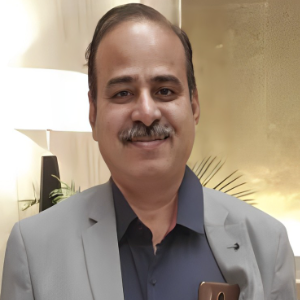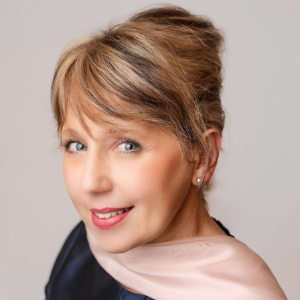Clogs on the skin surface are small skin lesions that are the result of a build-up of bacteria, sebum or other debris in the pores. Clogged pores are generally more common in areas of the body where sebaceous glands are more prominent, such as the face, scalp and back. When dirt and oils accummulate in a pore it begins to expand, leading to an obstruction, known as clog. Although they can sometimes be uncomfortable and visibly evident, clogs are not harmful and can be treated through various methods. Treatment of clogged pores primarily begins with prevention and good habits to ensure a healthy, balanced complexion. This can include cleansing the skin properly twice daily in order to keep it free of bacteria and dirt. Antibacterial washes and exfoliants such chemical peels may also be effective in removing the build up of bacteria in the pores. In cases where clogged pores remain despite prevention methods, more aggressive treatment options are available. A topical retinoid, such as Retin-A, can help to unclog the pores by breaking down the debris and eliminating bacteria. However, some people can experience excessive redness and irritation from these products and should proceed with caution. Extraction of the debris from the pores is also a common and effective method to get rid of clogged pores. This should only be done by a trained skincare professional in the office. This method is effective for acne and cysts, however, should not be attempted if there is open skin lesions due to the risk of infection. Finally, laser resurfacing and other minimally invasive procedures can be used to help reduce the size of the pores and remove the debris. These treatments are more extreme and tend to have a longer recovery time. Clogged pores are a common and bothersome skin concern that can be managed with careful skin care regimens and safe treatments. Prevention and understanding potential treatments are the best way to keep your skin clear and healthy.

Ravi M Rathod
KMCRI, India
Dechelette Corinne
La Peau Autrement, France
Irina Sergeeva
Novosibirsk State University, Russian Federation
George Sulamanidze
Plastic Surgeon at Clinic of Plastic and Aesthetic Surgery and Cosmetology TOTALCharm, Georgia
Nino Tsamalaidze
Ltd Karabadini+, Georgia
Lina Petrossian
California University of Science and Medicine, United States
Surajbala Khuraijam
Manipur Health Services, India
Shrutimita Pokhariyal
Symbio, India
Yasser Mohammed Hassanain Elsayed
Egyptian Ministry of Health, Egypt



Title : Paraneoplastic Autoimmune Multiorgan Syndrome or PAMS: Paraneoplastic pemphigus revisited
Sergei A Grando, University of California Irvine, United States
Title : Modern non-invasive methods for in vivo assessment of skin
Georgios N Stamatas, SGS, France
Title : Personalized and precision dermatology through the view of biodesign-inspired translational & data-driven applications: Revolutionary skin treatments for every concern in clinical dermatology integrating skin care experts and consumers
Sergey Suchkov, N.D. Zelinskii Institute for Organic Chemistry of the Russian Academy of Sciences, Russian Federation
Title : The next generation of threads: Lifting, volumization, and biostimulation in one powerful triple action
George Sulamanidze, Plastic Surgeon at Clinic of Plastic and Aesthetic Surgery and Cosmetology TOTALCharm, Georgia
Title : Lymphoproliferative diseases in the practice of a dermatologist
Irina Sergeeva, Novosibirsk State University, Russian Federation
Title : Art, skin, and dermatology: Interdisciplinary perspectives
Dechelette Corinne, La Peau Autrement, France
Title : Comparative efficacy of omalizumab and dupilumab in children with Chronic Spontaneous Urticaria (CSU): A retrospective cohort analysis
Molynna Nguyen, University of Toledo, United States
Title : "Mirror mirror on the skin” — A low-cost community strategy to reduce melanoma disparities in Washington, D.C.
Kayla Sampson, Georgetown University School of Medicine, United States
Title : Vitiligo: Not just an aesthetic disorder
Mateja Starbek Zorko, University Medical centre Ljubljana, Slovenia
Title : Personalized and Precision Medicine as a unique avenue to have the healthcare model renewed to secure the national biosafety: Advanced skincare solutions in individualized cosmetology, reconstructive plastic surgery and the modern beauty
Sergey Suchkov, N.D. Zelinskii Institute for Organic Chemistry of the Russian Academy of Sciences, Russian Federation